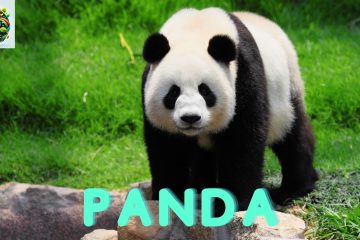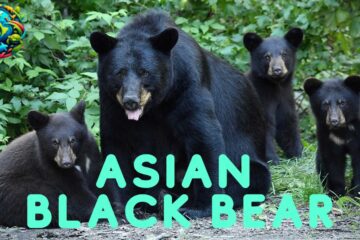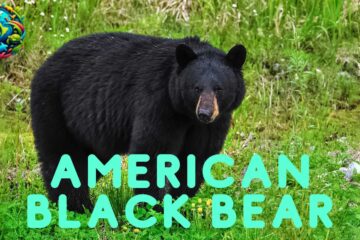Monkeys: The Playful Primates of the Forest

Monkeys: The Playful Primates of the Forest
Among all the animals, monkeys are the most interesting due to their wits and speed. Whether it is the frigid mountains of Japan or the thick rainforests of South America, monkeys are an essential part of the ecosystems in which they live. This article delves into the fascinating monkey kingdom, showcasing the many monkey species, their distinct habits, and the conservation issues they confront.
Introduction
There are two major subsets of monkeys: those native to the Americas (the “New World”) and those from Africa and Asia (the “Old World”). These apes have intricate social systems, expressive faces, and prehensile tails. The remarkable flexibility of the monkey family is on full display in the enormous size, dietary diversity, and lifestyle variation among monkeys.
Amazing Facts
The spider monkey is one of several New World monkey species that include a prehensile tail, which functions similarly to a fifth limb. Because of this incredible adaptability, they are able to feed while hanging from trees, pick up things, and move throughout their arboreal homes with unparalleled agility.
Food and Habitat
Grasslands, tropical rainforests, and savannahs are just a few of the places they have been known to flourish. While most of their food comes from plants including fruits, leaves, seeds, and flowers, there are a few species that eat insects and even small animals. The ability of monkeys to adapt to many ecological niches is demonstrated by the diversity of their diet.
Visual Impressions
Small, nocturnal tarsiers have big, night-vision-optimized eyes, while massive, intimidating mandrills have brightly coloured faces and buttocks. Various aspects of monkeys’ bodies, such as their fur colour, facial features, and tail length, are shaped by their unique habitats and ways of living.
Different Monkey Species
There are a number of families and species that fall within the two primary groupings; these groups have their own distinct traits.
- New World:
- Tamarins.
- Capuchins.
- Howler monkeys.
- Old World:
- Baboon.
- Macaques.
- Colobus.
Threat and Predator
Predators such as snakes, big cats, and birds of prey pose a threat to these creatures. The loss of their habitat, illicit pet trade, and bushmeat hunting pose the greatest danger to their survival, though. Many areas have seen a decrease in monkey populations as a result of these actions.
Mating
They have a wide variety of mating behaviours, from polygamous groups to monogamous pairs. In terms of reproduction, social hierarchy is crucial, as the more powerful members of a group usually have first dibs. Monkey mothers usually only have one baby at a time and spend a lot of time taking care of her young.
Their Mode of Expression
Vocalisations, facial emotions, body language, and grooming activities all combine to form communication. The establishment of social relationships, the warning of predators, and the coordination of group movements are among the many functions performed by these signals. Some animals have quite complex vocalisations, and they can use a wide variety of sounds to communicate.
Protective Measures
Preserving habitat, combating poaching, and rehabilitating animals injured or rescued from the pet trade are all part of conservation initiatives. For their populations to survive, it is essential to protect their natural habitats and make sure that human actions are sustainable.
Differences in Pronunciation Across Languages
- Spanish: uno
- Singe in French
- Chinese: 猴子 (hóuzi)
- Frankfurter Allgemeine Zeitung: Affe
- “Bandar” in Hindi.
Intriguing and captivating, they never cease to be due to their extraordinary adaptability and complex social systems. It is crucial that we work together to protect these playful primates so they can live in the wild for the rest of time. Their survival is highly dependent on the state of Earth’s ecosystems.
FAQs
How are APES and monkeys different?
- Apes do not have tails, but these animals usually do. Most apes are bigger, smarter, and more evolved than most other animals.
Could they ever be tamed?
- Answer: They are not as domesticated as CATS or DOGS, but they can be tamed to some degree. Their dietary and social requirements are complicated and difficult for the average family to meet.
When it comes to ecosystems, why are they important?
- Their contributions to seed dispersal and the maintenance of forest ecosystem balance are crucial to their ecosystems, which is why they are so important. Indicators of environmental health are also provided by them.
In what ways may I contribute to the cause of their conservation?
- Answer: You may help ensure that monkeys will be around for future generations by giving to groups that focus on animal preservation, speaking out against the destruction of natural habitats, and spreading information about tphe dangers that monkeys confront.






